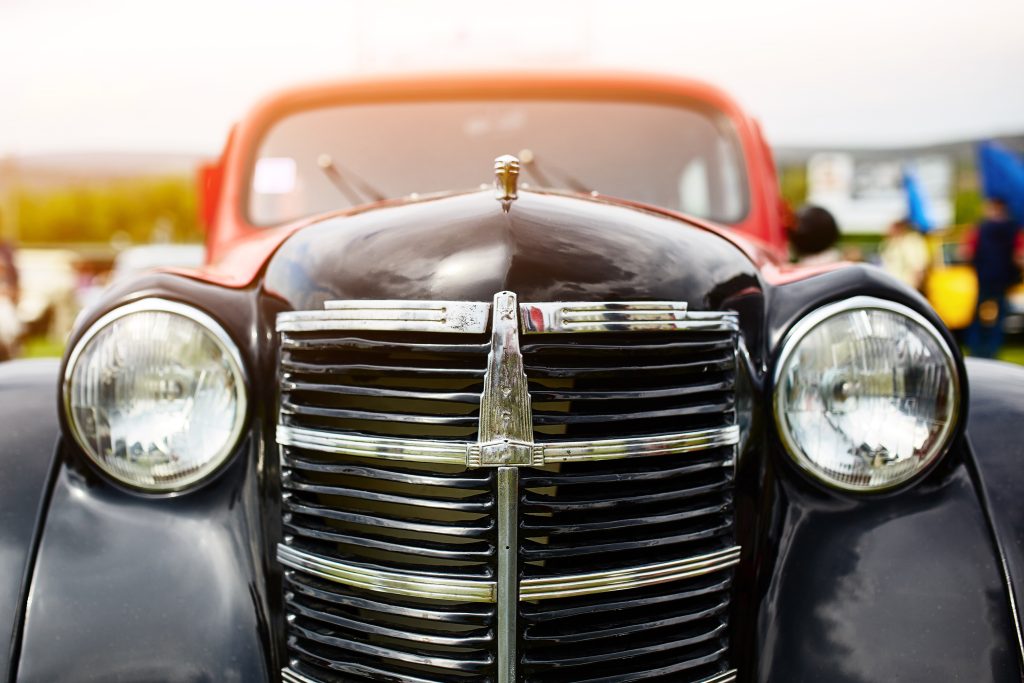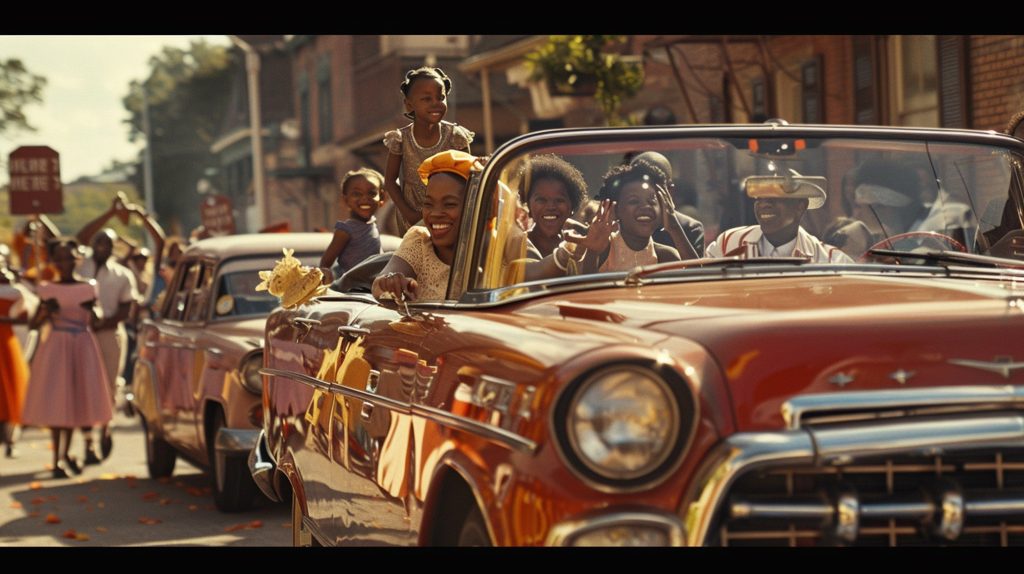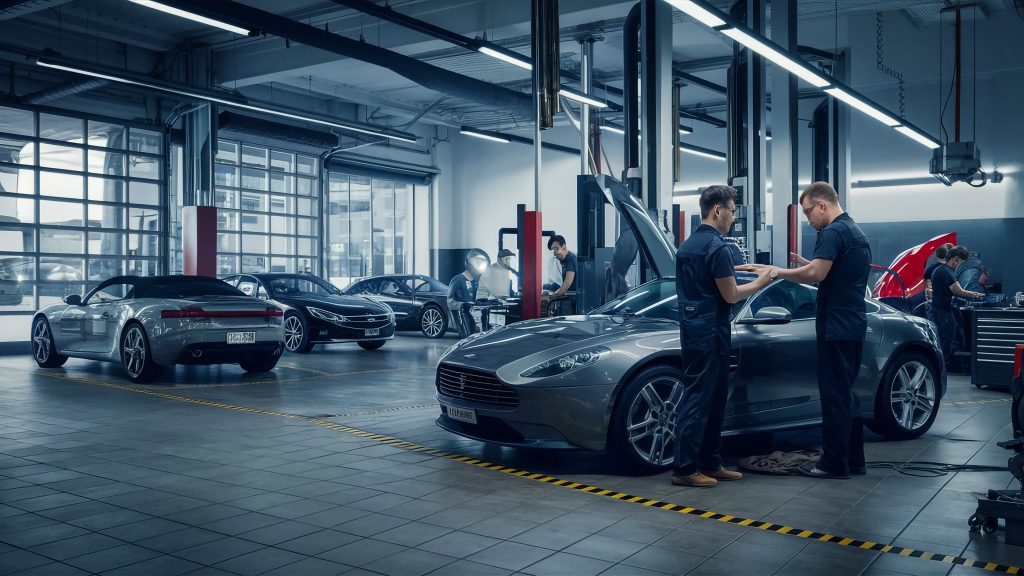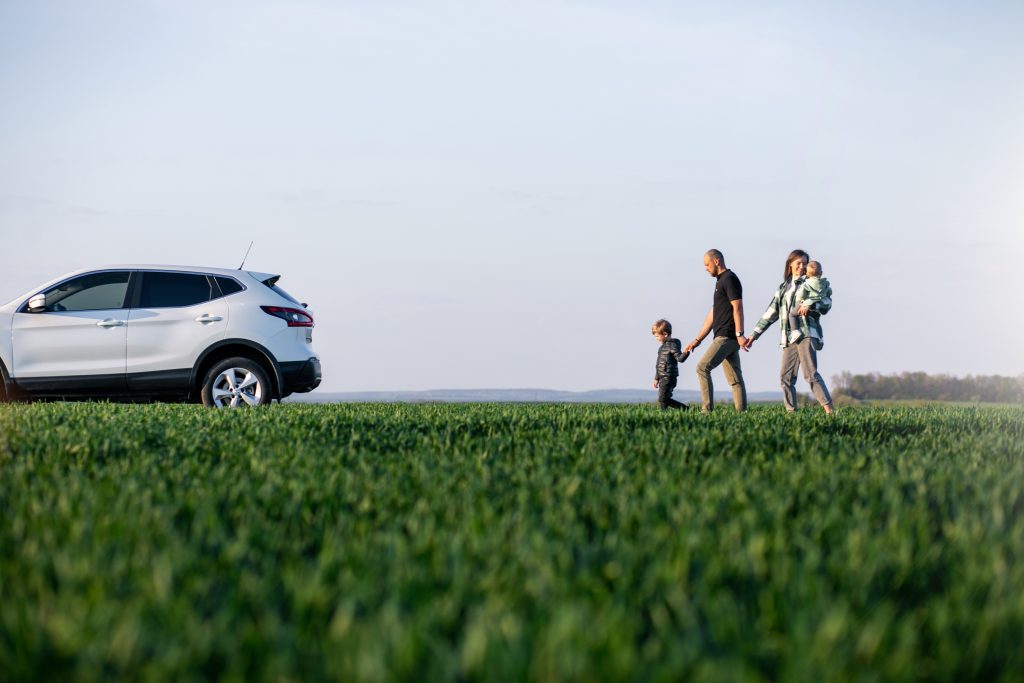These gatherings, often informal, evolved over time. Garages transformed into specialized workshops, discussion groups gained strength with the arrival of social media and messaging apps like WhatsApp, and what was a hobby became an active and highly connected network of enthusiasts, installers, sellers, collectors, and fans of all types of vehicles, from restored classics to heavy-duty performance diesel vehicles.
This behavior didn’t appear out of nowhere. It was inspired by movements already established abroad. In the United States, for example, the famous “car meets” of the 1950s gave rise to a vibrant culture with a strong influence on music, fashion, design, and behavior. Young people would gather in parking lots and wide streets to show off their machines, listen to rock ‘n’ roll, display engine improvements, or simply share the pride of owning a unique car. This aesthetic was immortalized in films like “Grease” (1978), “American Graffiti” (1973), and more recently by the “Fast & Furious” franchise.

In Brazil, this influence was adapted to our reality, mixing creativity, improvisation, and regional identity. While in the United States the highlight was the muscle car, here we learned to value everything from popular cars to high-level projects, with lowering, sound systems, wrapping, engine tuning, interior customization, pearlescent paint, special lights, multimedia systems with Android and Apple CarPlay, and much more.
Over time, this community expanded and became more professional. Today, there are official clubs for specific models, events like the Vintage Car Meet in Águas de Lindóia (SP), sound and tuning championships, fairs like Automec and the Interlagos Festival, where the JR8 Group was present, and even micro-influencers specialized in creating technical and entertainment content about the sector.

Therefore, talking about car culture is talking about a movement that evolves with society. It’s a phenomenon that connects people through aesthetics, mechanics, style, and, above all, passion. And the JR8 Group, with its specialized brands, actively participates in this construction: offering technology, design, and performance that cater to both the installer and the end consumer who wants to transform their car into an extension of their identity.
Origin of car culture
Car culture grows from those first meetings among friends, from the knowledge exchanged in WhatsApp groups, and in renowned local workshops. Inspired by the American ‘car meets’ of the 1950s, Brazilian enthusiasts proved that bringing people and machines together creates an active and loyal community.
With digitalization, this movement found new ways to grow. WhatsApp groups, specialized forums, and social media profiles began to connect people with the same interests, even if they were in distant regions. The exchange of information intensified. Tutorials, comparisons, technical reviews, and a lot of behind-the-scenes talk emerged. Thus, an informal group transforms into a network, and this network feeds a culture.

This phenomenon is not exclusive to Brazil. The most evident inspiration came from the United States, with the so-called “car meets,” gatherings that began to gain momentum in the 1950s and served as a space to display customizations, discuss engines, and enjoy the music scene of the time. This spirit of community, freedom, and creativity spread across the world, shaping what we now call automotive culture.
In Brazil, the adaptation was natural. National models, Brazilian ingenuity, and a passion for personalization gave the movement its own identity. Street events, themed gatherings, specific brand clubs, and sound and performance competitions multiplied over the decades. It was in this environment that the JR8 Group developed, following and helping to build the national scene with products that directly engage with this culture.

Today, when we talk about automotive culture, we talk about belonging. It’s the pride of having a car that reflects who you are. It’s the pleasure of caring for, transforming, and showing it off. It’s the desire to participate in events, to learn from those with a history, and to always be connected with what’s new. And it is precisely at this meeting point between tradition and innovation that the JR8 Group operates: offering real solutions, with high performance and a premium finish, for an audience that refuses to give up living the automotive experience with intensity.
Knowledge and technical support
Automotive culture is not sustained by passion alone; it requires knowledge, constant updates, and technical confidence. Therefore, one of the most important foundations of this universe is the exchange of experiences between those who buy, install, sell, and live the day-to-day of the sector. It is in this ecosystem that the JR8 Group stands out not only as a product supplier but also as a reference in support and technical training.
On the group’s channels, such as YouTube, Instagram, and its own institutional website, it is possible to find a wide variety of content designed for different audience profiles.
Installers can find videos with detailed step-by-step instructions, retailers have access to technical sheets and sales arguments, and the end consumer can better understand the functionalities of products, from a multimedia head unit to a parking sensor with OEM technology.

More than just tutorials, the group invests in in-person and online workshops, technical training in partnership with distributors, and event activations that serve as true open-air classrooms. During fairs like Automec or the Interlagos Festival, for example, the group’s specialists were present to guide, explain, and present the technical differentiators of each line, from JR8 to R8 Protect, from Nakamichi to Neotech.
This commitment to spreading knowledge is a competitive advantage. When an installer knows exactly how to apply a PPF film, they not only sell better but also build customer loyalty. They convey confidence.
Furthermore, JR8’s technical support stands out for its agile and specialized service. With a team ready to answer questions clearly and efficiently, the group offers real after-sales support, which contributes to the trust of resellers and industry professionals throughout Brazil.

After all, those who work with the public know: solving problems is more important than selling. And more relevant than having a good product is ensuring it will be well-applied, understood, and valued. In this scenario, Grupo JR8 doesn’t just deliver solutions. It delivers training, partnership, and continuous evolution for those who take the automotive world seriously.
Social media as a platform for influence
Recent studies show that 95% of car buyers research online before completing the purchase and that 38% consult automotive influencers to decide which vehicle to acquire. The Automotive World portal corroborates that consumers today “leverage content creators to discover which cars they want, instead of relying solely on traditional advertising”.

A Promising Market and Future
Globally, the automotive customization market is estimated at US$59 billion (2024), with expected growth to US$90 billion by 2033. The global aftermarket is expected to grow by US$179.7 billion between 2025 and 2029, clear evidence that by investing in this segment, the JR8 Group is entering a vibrant and continuous market, just like the community that lives it.
Evolution and Sustainability
Sustainability has also reached automotive culture: electric vehicles, battery-saving LEDs, paint-prolonging PPF. The JR8 Group is attentive to these trends, studying solutions that combine technology, energy efficiency, and environmental awareness.

Conclusion
Automotive culture is a universe rich in identity, creativity, and emotion. For the JR8 Group, being present in this scene means offering products that connect with this passion, whether in design, protection, sound, or performance.
If you want to be part of this culture and equip your vehicle with the best, visit our website:
